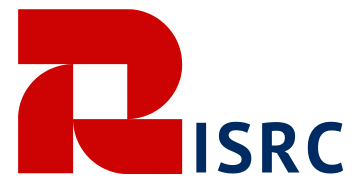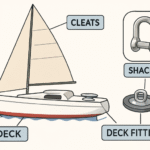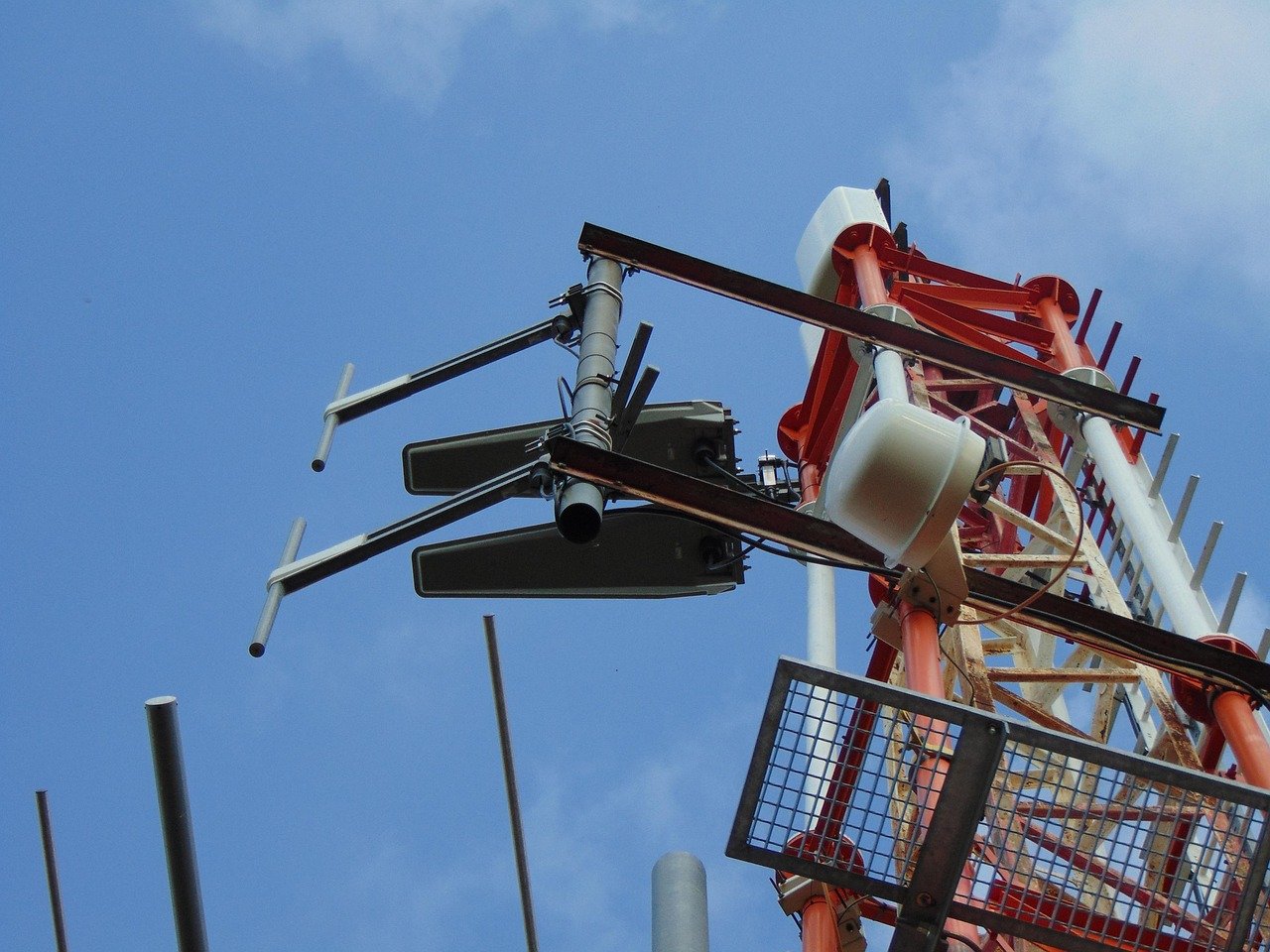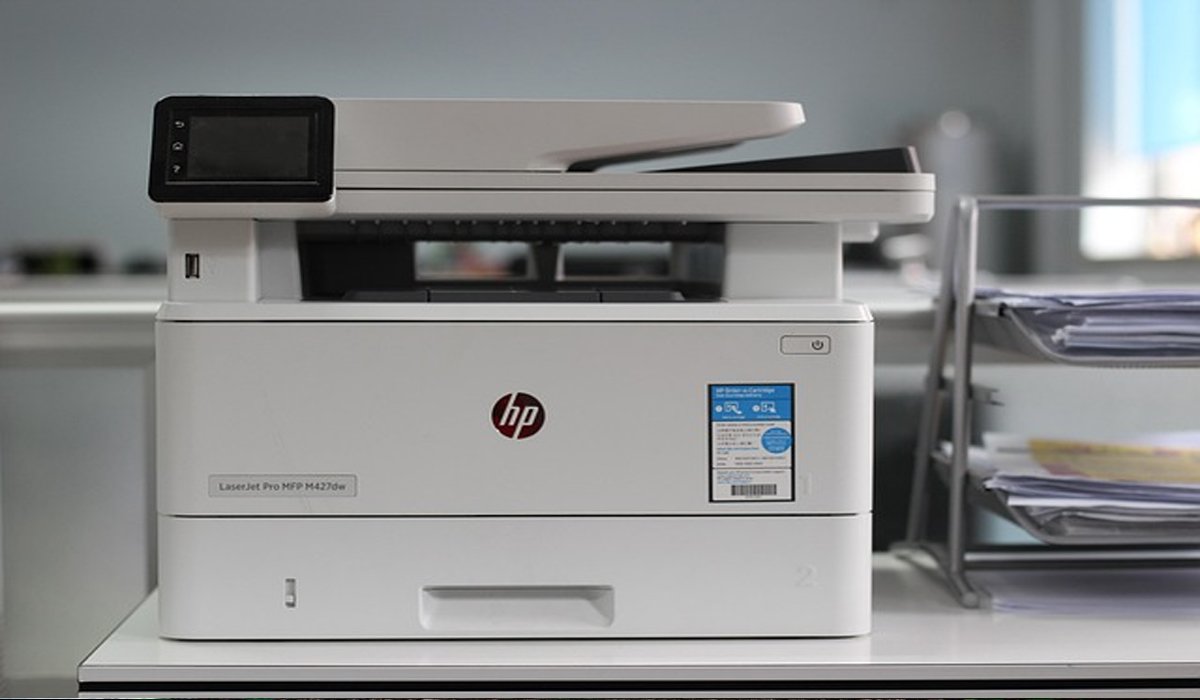Imagine this: You’re stuck on a problem at work. You’ve tried every conventional approach, every linear path, but the solution remains frustratingly out of reach. What if you could slip on a pair of glasses that instantly revealed hidden connections, unexpected angles, and elegant solutions invisible to the naked eye? That’s the essence of embracing a prizmatem. It’s not sci-fi; it’s a transformative mindset shift available right now, in 2025, to anyone willing to look beyond the obvious.
Forget rigid thinking and predictable patterns. A prizmatem approach isn’t about complex jargon or inaccessible theory. It’s about consciously choosing to refract the light of information, challenges, and opportunities through a multifaceted lens. Think of it as your cognitive kaleidoscope – twist your perspective, and entirely new, vibrant patterns emerge. In a world drowning in data yet starved for insight, mastering the prizmatem perspective is becoming the ultimate superpower for innovators, problem-solvers, and anyone seeking clarity in chaos. It’s the secret weapon to seeing what others miss.
Why Your Brain Craves a Prizmatem (And Why Now)
Our brains are wired for efficiency, often defaulting to well-trodden neural pathways – what psychologists call “heuristics.” While this saves energy, it also blinds us to novel solutions and emerging patterns. We see the world in flat, predictable ways. The accelerating complexity of modern life – from global markets to personal tech overload – demands a different way of seeing.
- Information Overload: We’re bombarded. A prizmatem helps refract this deluge, separating the signal from the noise by viewing data through different contextual filters (customer impact, long-term trend, ethical implication).
- Wicked Problems: Climate change, social inequality, disruptive tech – these aren’t solved with linear thinking. They require viewing the problem through multiple stakeholder lenses (scientific, economic, social, cultural) simultaneously – a core prizmatem skill.
- Innovation Stagnation: When everyone looks at the market the same way, differentiation dies. Applying a prizmatem reveals unmet needs and unexpected combinations competitors overlook. Think of Airbnb seeing homes not just as shelter, but as travel experiences through a local’s lens.
The prizmatem isn’t about being randomly eccentric. It’s a disciplined practice of intentional perspective-shifting. It’s recognizing that the “truth” of a situation is often multi-faceted, like light itself.
The Prizmatem Toolkit: Practical Ways to Refract Your Thinking
Okay, it sounds powerful, but how do you actually use a prizmatem? It’s less about a single tool and more about cultivating a set of habits and techniques. Here’s your starter kit:
- The “Forced Analogy” Refraction:
- How it works: Take your challenge and deliberately compare it to something seemingly unrelated. “How is launching this product like planting a garden?” or “How is resolving this team conflict like conducting an orchestra?”
- Why it works: It forces your brain out of its rut. The constraints of the analogy reveal new attributes, processes, or solutions you hadn’t considered. Planting a garden? Maybe you need better “soil preparation” (market research) or more diverse “crops” (product features). Conducting? Perhaps different team members need clearer “scores” (roles) or more sensitive “listening.”
- The Stakeholder Lens Shift:
- How it works: Identify all the key players involved in or affected by your situation (customer, employee, investor, competitor, community, environment). Now, consciously analyze the problem exclusively from each one’s perspective for 5 minutes. What do they see? What do they value? What are their fears?
- Why it works: It instantly reveals blind spots and hidden motivations. A solution that seems perfect to management might be a nightmare for frontline staff. Seeing through the prizmatem of multiple stakeholders builds empathy and uncovers more robust, sustainable solutions.
- The Temporal Refraction (Past/Future/Present):
- How it works: Examine your challenge through three distinct time lenses:
- Past Lens: How was a similar problem solved 10, 50, or 100 years ago? What core principles still apply?
- Future Lens: If you fast-forwarded 5 years, what would seem obvious about the solution? What emerging trends make this problem obsolete or more critical?
- Present Lens: What are you deliberately ignoring or taking for granted right now? What resources are immediately at hand?
- Why it works: It breaks the tyranny of the immediate present. The past offers wisdom, the future offers strategic direction, and focusing intensely on the present reveals overlooked assets.
- How it works: Examine your challenge through three distinct time lenses:
Prizmatem in Action: Seeing the Unseen
This isn’t just theory. Pioneering companies and thinkers leverage the prizmatem mindset instinctively:
- Patagonia & the “Multiplier Effect” Lens: They don’t just see selling jackets. They view every product through lenses of environmental impact, supply chain ethics, customer activism, and product longevity. Selling a jacket becomes a node in a system promoting sustainability – a true prizmatem view. Their “Don’t Buy This Jacket” campaign reframed consumption itself.
- Duolingo & the “Gamified Learning” Refraction: Learning a language can be tedious. Duolingo refracted it through the lens of game design mechanics (points, levels, streaks, rewards). Suddenly, the core challenge (memorization, practice) became engaging and addictive. They saw learning not just as education, but as gameplay.
- Local Community Organizers: Tackling a neighborhood issue like park safety? A prizmatem approach involves viewing it through lenses of: children’s play needs, elderly accessibility concerns, environmental impact, police resource allocation, community event potential, and even historical significance of the space. The solution becomes multi-dimensional.
Traditional vs. Prizmatem Thinking: A Side-by-Side View
| Thinking Approach | Focus | Problem-Solving Style | Outcome Tendency | Innovation Potential |
| Linear/Traditional | Single path, obvious cause | Sequential, step-by-step | Adequate, predictable | Low |
| Prizmatem Perspective | Multiple angles, hidden connections | Refractive, parallel exploration | Elegant, unexpected, robust | High |
| Example: Improving Customer Service | ||||
| Linear: | Reduce call wait times | Hire more staff, add phone lines | Slightly faster frustration | Minimal |
| Prizmatem: | Customer emotion (frustration), Agent tools (knowledge base), Self-service (app/chatbot), Root cause (product complexity) | Implement AI chatbots for simple queries, revamp knowledge base with video, analyze top complaints to simplify product, empower agents with better escalation paths | Reduced volume and higher satisfaction, proactive solutions | High (new tools, processes) |
How to Cultivate Your Personal Prizmatem (3 Steps to Start Today)
Ready to bend your own cognitive light? Integrating a prizmatem approach is a practice. Begin here:
- Challenge Your First Assumption (Daily): When faced with a decision, big or small, consciously ask: “What is one fundamental assumption I’m making here that might be completely wrong?” Write it down. Then, brainstorm what changes if that assumption is flipped. (Assumption: “Customers want cheaper prices.” Flip: “Customers value time-saving convenience more than saving $5.”).
- Seek the “And,” Not the “Or”: Our brains love binaries (this OR that). Train yourself to look for integrations (this AND that). Faced with a trade-off between speed and quality? Ask: “How might we achieve remarkable speed AND exceptional quality?” This forces a prizmatem refraction, seeking solutions that transcend the initial either/or.
- Embrace “Beginner’s Mind” Regularly: Consciously step into scenarios where you are a novice. Take a class in something utterly unrelated to your work (pottery, coding, birdwatching). Observe experts in other fields solve problems. The discomfort of not knowing is fertile ground for your prizmatem to activate, as you lack established ruts to fall into.
The Prizmatic Payoff: Clarity, Creativity, and Competitive Edge
Adopting a prizmatem mindset isn’t about constant, exhausting mental gymnastics. It’s about developing the fluency to shift perspectives when it matters most. The rewards are tangible:
- Deeper Problem Solving: You uncover root causes, not just symptoms, leading to lasting solutions.
- Enhanced Creativity: By connecting disparate dots, you generate truly novel ideas and approaches.
- Improved Decision Making: Seeing multiple angles and potential consequences leads to more robust, less risky choices.
- Greater Empathy & Influence: Understanding diverse stakeholder perspectives builds stronger relationships and more persuasive communication.
- Future-Proofing: The ability to adapt your perspective is crucial in a rapidly changing world. A prizmatem makes you agile.
In essence, the prizmatem transforms confusion into clarity, obstacles into opportunities, and complexity into comprehensible patterns. It turns the overwhelming flood of information into a spectrum of actionable insight.
Your Invitation to Refract
The world doesn’t come with a single instruction manual. Reality is refracted, complex, and beautifully multifaceted. The prizmatem is your invitation to put on those cognitive glasses and see the richer, more nuanced picture that was always there, waiting to be discovered. It’s not about having all the answers instantly; it’s about asking better, more refractive questions.
Start small today: Pick one routine task or minor frustration. Apply just one lens shift from the toolkit above. What new angle appears? What hidden connection sparks? Share your tiny prizmatem moment below – let’s see the world in richer color, together.
Prizmatem Perspectives: Your Questions Answered (FAQs)
- Q: Is a prizmatem just another word for “thinking outside the box”?
- A: It’s related but deeper. “Outside the box” often implies random divergence. A prizmatem is a structured, intentional practice of viewing a single subject through multiple, specific, valuable lenses systematically. It’s about disciplined refraction, not just random wandering.
- A: It’s related but deeper. “Outside the box” often implies random divergence. A prizmatem is a structured, intentional practice of viewing a single subject through multiple, specific, valuable lenses systematically. It’s about disciplined refraction, not just random wandering.
- Q: Doesn’t this lead to analysis paralysis? Too many angles!
- A: It can, if misapplied! The key is focused refraction. Start with 2-3 relevant lenses (e.g., customer + future trend + internal resource). The goal isn’t to explore every possible angle endlessly, but to deliberately shift perspective a few key times to uncover critical insights missed by a single view. Set time limits for each lens.
- A: It can, if misapplied! The key is focused refraction. Start with 2-3 relevant lenses (e.g., customer + future trend + internal resource). The goal isn’t to explore every possible angle endlessly, but to deliberately shift perspective a few key times to uncover critical insights missed by a single view. Set time limits for each lens.
- Q: Can anyone really learn this, or is it an innate talent?
- A: Absolutely anyone can cultivate a prizmatem mindset! Like any skill (playing an instrument, learning a language), it requires conscious practice and the techniques outlined above (like forced analogies or stakeholder shifts). Start small and be patient with yourself. It’s a muscle that strengthens with use.
- A: Absolutely anyone can cultivate a prizmatem mindset! Like any skill (playing an instrument, learning a language), it requires conscious practice and the techniques outlined above (like forced analogies or stakeholder shifts). Start small and be patient with yourself. It’s a muscle that strengthens with use.
- Q: How is this different from just being empathetic?
- A: Empathy (seeing through someone else’s emotional lens) is a powerful component of the prizmatem, especially within the Stakeholder Lens Shift. However, the prizmatem is broader. It includes non-human perspectives (like environmental impact, technological constraints, historical context) and abstract lenses (like time, scale, or system dynamics). Empathy is one vital color in the spectrum.
- A: Empathy (seeing through someone else’s emotional lens) is a powerful component of the prizmatem, especially within the Stakeholder Lens Shift. However, the prizmatem is broader. It includes non-human perspectives (like environmental impact, technological constraints, historical context) and abstract lenses (like time, scale, or system dynamics). Empathy is one vital color in the spectrum.
- Q: Are there fields where a prizmatem approach is not useful?
- A: In highly procedural, safety-critical tasks requiring strict adherence to a single proven protocol (e.g., certain aircraft emergency procedures, specific surgical steps), rigid linearity is essential. However, even in these fields, a prizmatem approach is invaluable for designing those protocols, training for unexpected scenarios, and improving systems over time by viewing them through reliability, human factors, and efficiency lenses.
- A: In highly procedural, safety-critical tasks requiring strict adherence to a single proven protocol (e.g., certain aircraft emergency procedures, specific surgical steps), rigid linearity is essential. However, even in these fields, a prizmatem approach is invaluable for designing those protocols, training for unexpected scenarios, and improving systems over time by viewing them through reliability, human factors, and efficiency lenses.
- Q: What’s the biggest obstacle to using a prizmatem effectively?
- A: Our own ego and cognitive bias. We naturally favor perspectives that confirm our existing beliefs and discount others. The hardest part is genuinely committing to the validity of a lens that makes us uncomfortable or challenges our initial conclusions. Cultivating intellectual humility is key.
- A: Our own ego and cognitive bias. We naturally favor perspectives that confirm our existing beliefs and discount others. The hardest part is genuinely committing to the validity of a lens that makes us uncomfortable or challenges our initial conclusions. Cultivating intellectual humility is key.
- Q: Can technology help me apply a prizmatem?
- A: Absolutely! Mind-mapping tools visually represent different lenses and connections. AI analysis can surface unexpected patterns in data when prompted to analyze from different angles (e.g., “Analyze these customer reviews through lenses of frustration vs. delight, and feature request vs. bug report”). Digital collaboration boards make it easy for teams to explore multiple perspectives simultaneously. Tech is a powerful enabler, but the intention to refract comes from you.
You may also like: izonemedia360.com: Your Central Hub for Navigating the Digital











